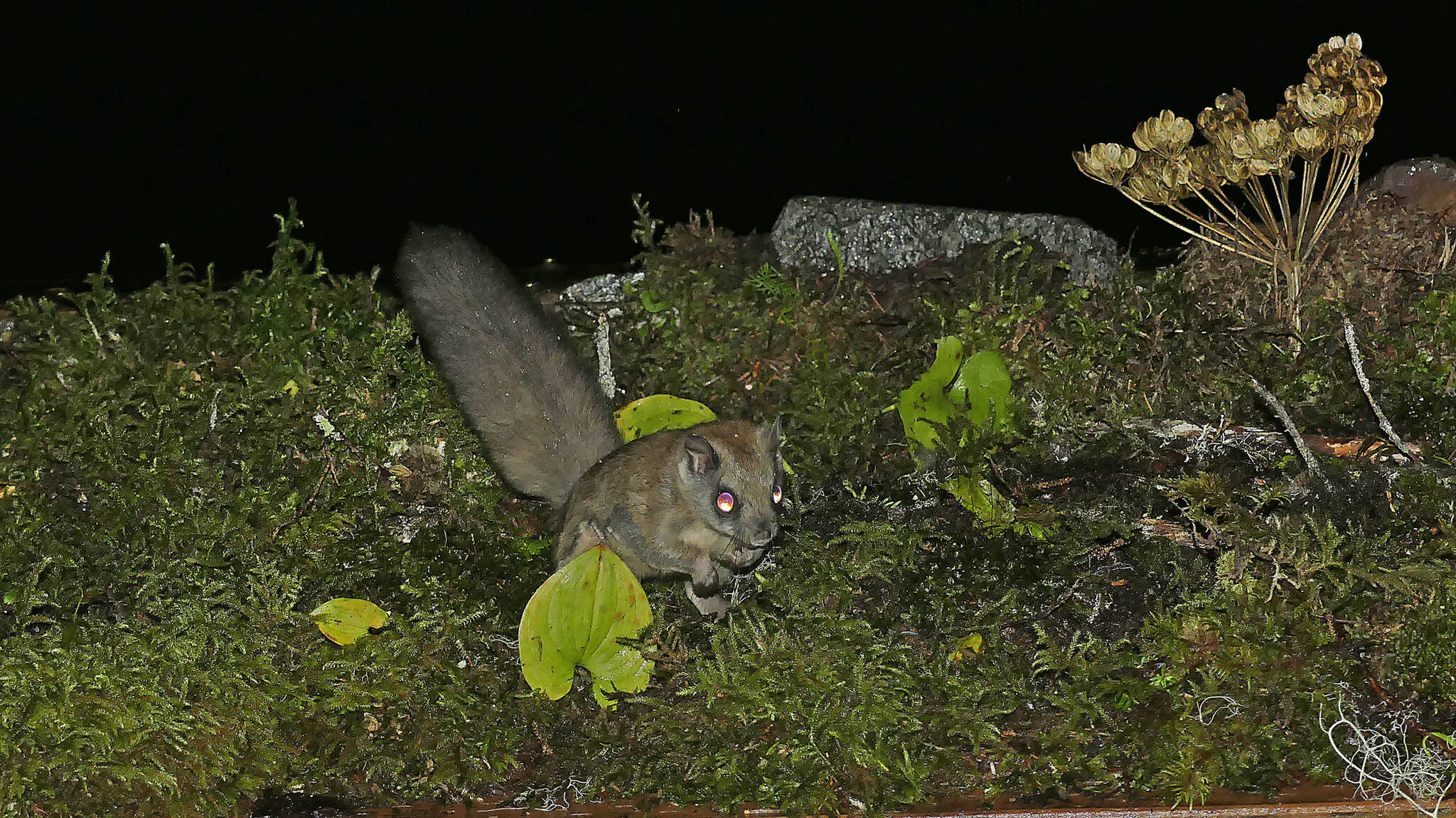By Mary F. Willson
For the Juneau Empire
Many fungi disperse their spores by releasing them from gills or pores into the air, for breezes to carry them away. Insects can carry some fungal spores either inside or outside their bodies, and almost any mammal that eats an occasional fungus can probably do so. Indeed, mammal-dispersal of fungi occurs in a variety of habitats ‘round the world. This mode of spore dispersal is especially important for fungi such as truffles, which are chiefly subterranean. There are thousands of species of truffle, and they apparently depend on animals that dig them up and eat them, passing viable spores through the digestive tract, and depositing them at some distance from the parent along with nutrients from digested foods and useful bacteria. This foraging habit is an essential component of many ecosystems, because truffles are mycorrhizal fungi that form mutualistic associations with many plants, providing assorted nutrients from the soil in exchange for sugars from photosynthetic plants.
In the western forests of North America, fungal spores can be dispersed by deer and mountain goats and many kinds of rodents, including chipmunks, red-backed voles, marmots, pikas, and others. But it seems that flying squirrels get the most notice (judging from the number of published reports).
Birds get into this act too; there are scattered reports in the literature of birds that eat fungi. Dozens of species eat fungi, including quail, ruffed grouse, wild turkeys, and free-range chickens, in North America, but the role in spore dispersal is not recorded. A few fungus-eating species are known to eat truffles: lyrebirds in Australia scratch up the litter and topsoil to get truffles and other fungi; Australian eastern yellow robins often forage in such disturbed areas and eat left-over truffles; migrating birds in Kuwait eat truffles in the desert. They probably disperse the fungal spores, but good documentation is lacking.
Recently, however, there’s a fulsome report about fungus-eating birds in the south-temperate rainforest of Chile and Argentina. That rainforest is quite different from our local one in many ways; of particular relevance here is the presence of several bird species that typically and regularly forage on the ground. These include the austral thrush and several endemic species of tapaculo that are known to eat fungi. This report focused on the black-throated huet-huet and the chucao (tapaculos whose nesting biology I studied many years ago). These birds often run around on the forest floor, scarfing up bugs and fallen fruits and—it turns out—scratching up and eating truffles. The researchers genetically screened the birds’ fecal samples and found that many species of fungus, including truffles, had been eaten. Special microscopic examination of the feces revealed large quantities of viable fungal spores. Many of those fungal species are mycorrhizal, associated with the so-called southern beech trees of that rainforest.
Although our local forests don’t feature so many forest birds that habitually forage on the ground, it would be interesting to know if any local birds sometimes contribute to fungal spore dispersal. Grouse have well-developed gizzards that might grind up spores along with seeds, but perhaps some of the tiny spores get through the gut. Robins and varied thrushes scuff up moss layers and might sometimes find fungi to be edible. And what about flickers, the woodpecker most likely to forage on the ground; we sometimes see it probing down into the mosses. Or crows and ravens, which love to poke about under moss and stones and sticks.
Mary F. Willson is a retired professor of ecology. “On the Trails” appears every Wednesday in the Juneau Empire.

